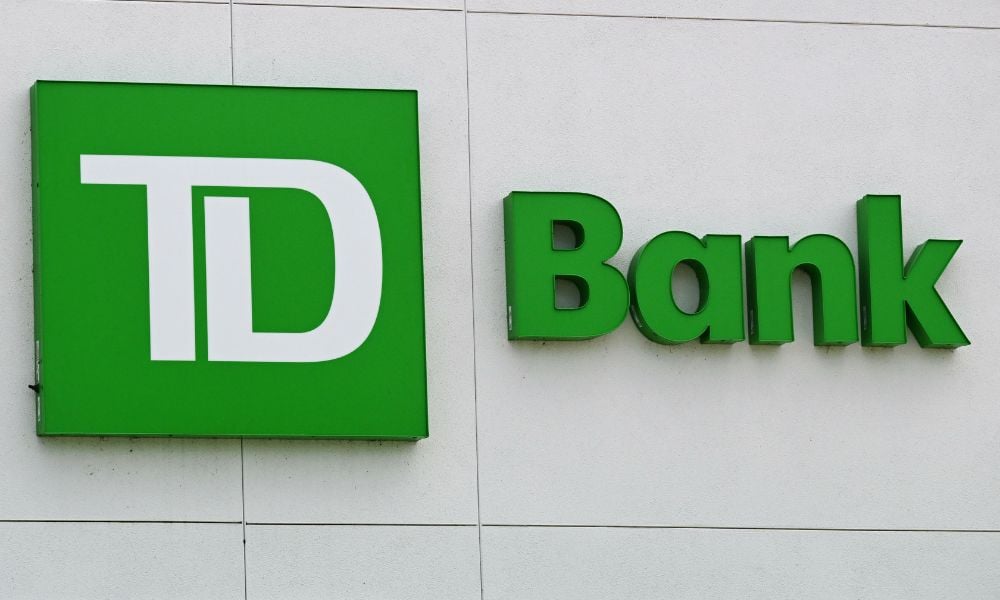Bank targets $650 million in savings and ramps up AI after anti-money laundering penalties reshape strategy

Toronto-Dominion Bank (TD) will cut 2 percent of its workforce—around 2,000 employees—and exit its US point of sale financing business as part of a restructuring effort expected to generate up to $650m in annual savings, according to BNN Bloomberg.
The restructuring comes as TD seeks to rebuild following a historic anti-money laundering settlement in the United States, which led to several internal changes including the appointment of Ray Chun as chief executive officer.
Chun, who assumed the role in February, launched a strategic review aimed at simplifying operations and streamlining expenses.
According to Chun, “We are structurally reducing costs across the bank by taking a disciplined look at our operations and processes to find opportunities to automate and to re-engineer them.”
As per The Globe and Mail, the cost-cutting will also affect real estate, severance, and other business exits.
TD chief financial officer Kelvin Tran said that some of the reductions occurred in the second quarter, and others will roll out over several quarters.
Tran added that staff cuts will partly occur through attrition and that “we’ll look for opportunities to redeploy impacted colleagues across the bank.”
TD expects pre-tax restructuring charges of $600m to $700m in the coming quarters, and it has already booked a $163m charge in the second quarter, according to the bank’s financial disclosure.
Tran said the bank aims to “create capacity to accelerate digital and AI investments to upgrade our capabilities and scale relationship with our customers.”
According to Reuters, analysts viewed the plan positively, saying it could offset prior spending linked to anti-money laundering compliance.
TD will present additional details and updated financial guidance at its investor day on September 29.
TD’s second-quarter results, reported by BNN Bloomberg, exceeded analyst expectations, with adjusted earnings of $1.97 per share compared to an estimate of $1.76 per share according to LSEG data.
Total net income rose to $11.1bn or $6.27 per share, up from $2.6bn or $1.35 per share a year earlier.
The wholesale banking segment, which includes capital markets and investment banking, posted record revenue of $2.13bn, a 10 percent increase over the previous year.
The growth was driven by higher trading revenues and underwriting fees, including proceeds from selling the bank’s remaining stake in Charles Schwab.
Despite the earnings beat, TD increased provisions for credit losses (PCLs) to $1.34bn, up from $1.07bn last year, reflecting concerns about economic uncertainty and future loan defaults.
According to Tran, “We still see loan growth despite the uncertainty in the environment, but given the outlook, and given that there’s uncertainty, we build reserves.”
Of the total PCLs, $395m was for performing loans based on macroeconomic models, The Globe and Mail reported.
TD cited trade and policy risks—especially in sectors like automotive, manufacturing, agriculture and retail—as contributing to the increased provisions.
These sectors comprise 9 percent of the bank’s gross loans and acceptances, though borrowers highly sensitive to trade risk account for less than 1 percent of total loans.
Chun said, “Despite a recent tariff de-escalation between the US and China that is temporary in nature, there continues to be a high degree of macroeconomic and policy uncertainty,” adding that this environment has led to stockpiling and accelerated purchases by businesses aiming to avoid tariffs.
TD’s results marked the start of earnings season for Canada’s major banks.
Shares rose 3.7 percent in Toronto trading on Thursday, as reported by BNN Bloomberg.
Jefferies analyst John Aiken noted in a client memo that “the US restructuring appears to be on track, and the charges announced in the quarter at an all-bank level should further improve efficiencies.”



